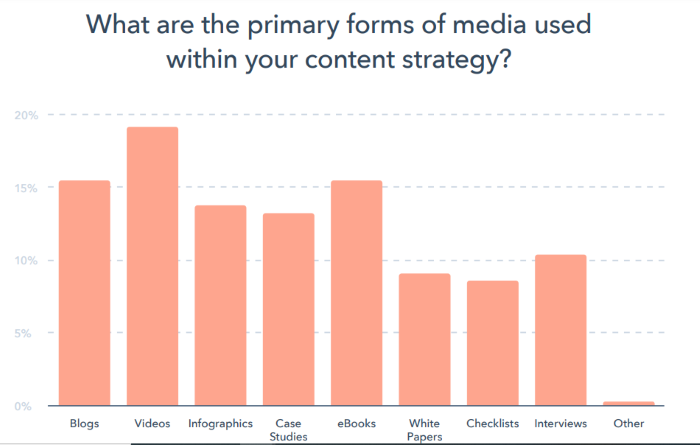
Metrics should be the foundation of a social media marketing strategy. You can analyze your results in many different ways, from general overviews of the data to more detailed reports. Many tools allow you to combine profiles and create reports in many attractive formats. Reports can be scheduled to automatically generate and you can use them to identify the content that is driving the most engagement. You should write captions that draw the most attention in your social media marketing plan. It should also include conversion-oriented advertising.
Content creation
Social media planning starts with gathering information about your audience. What topics are of interest to your followers? How can they be engaged in conversation? How soon should you respond to questions or comments? Customers could be turned away if you delay responding to queries or comments. These are some helpful tips if you plan to create a social content calendar.
Determine your marketing goals. Goals are important because they direct the content and strategy you create. These could include increasing website traffic, or generating more leads. Your goals should be simple and achievable. One example is to increase organic traffic to your site by 25% per quarter. Each piece of content should contribute to this goal. Analyze the results. Then, make any necessary adjustments. Social media content creation should be consistent and strategically planned.

Scheduling
Social media is a powerful tool to increase your reach and build your brand authority. It has more than 4 billion users, and that number is increasing at an alarming clip. It allows you to reach your ideal client and increases brand awareness. However, managing social media content can seem daunting. If you are not sure how to schedule your posts, here are some tips that will help you get started. Follow these tips for scheduling social media content:
Scheduled posts save time. You don't have to write content for each post. It allows you to draft multiple messages at once and approve them all before scheduling them. You can also schedule messages to be posted at different times for different time zones, and make sure that your posts go live at the right times. A social media management tool, or software that manages social media content, can be used to schedule your content.
Metrics
Social media planning metrics are essential to a successful campaign. You can set and reach your goals by knowing which metrics to track. Additionally, knowing what metrics to track can help you assess how effective and efficient your efforts are. The following are five metrics that you should pay attention to:

Reach: The number or people who see your post. While post reach is an important social media metric you should also track how many people see your content. By measuring the amount of people who see your post, you can determine how effective your content is at reaching your target audience. Content, timing and the social media platform you use will all affect how many people see your posts. Google Analytics can help you determine the reach and impact of your content.
FAQ
How can I improve the content marketing strategy of my company?
Your content marketing strategy can be improved by focusing on audience. Content, distribution, and other factors. It is important to first identify your ideal customer. This will help you determine where they live online. Once you know this information, you can tailor your content to appeal to them. You must also develop a distinctive voice and style that sets you apart from your competitors. Third, you need to figure out how to distribute your content effectively.
What is the difference between content marketing and content creation?
Content marketing is the belief that all great brands share the same message. They are consistently delivering valuable information that people want and need.
Content marketers are trained to create the right content at each time and for every channel.
They also have the ability to devise a plan for distribution and promotion.
They think strategically about their actions and the reasons they do them.
This is the core skill required to be successful as a content marketer.
How can you create good content?
Content should be useful, interesting, and easily shared. The best content has a clear call to action, such as a link or button that allows readers to sign up for a free trial, read more about a product, or purchase something from your site. Visuals are also important in order to make your content easily shareable across media.
Statistics
- Companies that use content marketing see approximately 30% higher growth rates than businesses not using it. (mailchimp.com)
- Content marketing produces 3X more leads per dollar spent. Content marketing costs 62% less than traditional marketing. (criteo.com)
- Measure your goals with a progress indicator of 0-100%. Make your goals collaborative and transparent (semrush.com)
- Out of the 1,500 marketers we surveyed for our State of Content Marketing report, 78% who felt their content marketing strategy was exceptionally effective in 2021 had documented their strategy. (semrush.com)
- According to the Content Marketing Institute, 70% of B2B marketers and 86% of B2C marketers surveyed use content marketing in some form or other. (criteo.com)
- This marketing strategy landed Ford a 15.4% conversion rate. (neilpatel.com)
- Progress indicators (0–100%) allow each team member to see how attainable each goal is and understand what remains to be accomplished. (semrush.com)
- Forty-seven percent of buyers view 3 to 5 pieces of content before engaging with a sales representative. (mailchimp.com)
External Links
How To
How can you create a content marketing strategy for your business?
First, you need to understand what type of content you are going to create for clients. Once you have this information, it is time to begin creating content. This could include creating an editorial calendar or planning where these pieces will come. Content should always have a purpose. No matter what format it may be, blogs, social media updates, or other content, all should serve the same purpose.
Once you've decided on the type of content that you want to create, it's important to determine who your target audience is. Which market are they most interested in and what is their motivation for buying the content you offer?
Next, you need to identify your target market. Then, find ways to communicate with them. While social media platforms are a great way to connect with people there are other options such as webinars, podcasts and videos.
After deciding how to communicate with your target market, you should decide what topics or types of content you want. This is how you will determine the reason for writing the content. What problem does the content solve? Is it useful? Will it make their life easier?
Now that we know what type of content we write, it is time to determine what you want. What do you want? On current events? Concerning specific products and/or services? This is your focus.
Now it's time for you to merge everything together after you have answered the questions.
You want to make sure every piece of content serves its purpose. You don't wish to waste anyone's energy or time, so ensure quality in all your content.
It is important to remember that content marketing has many parts.